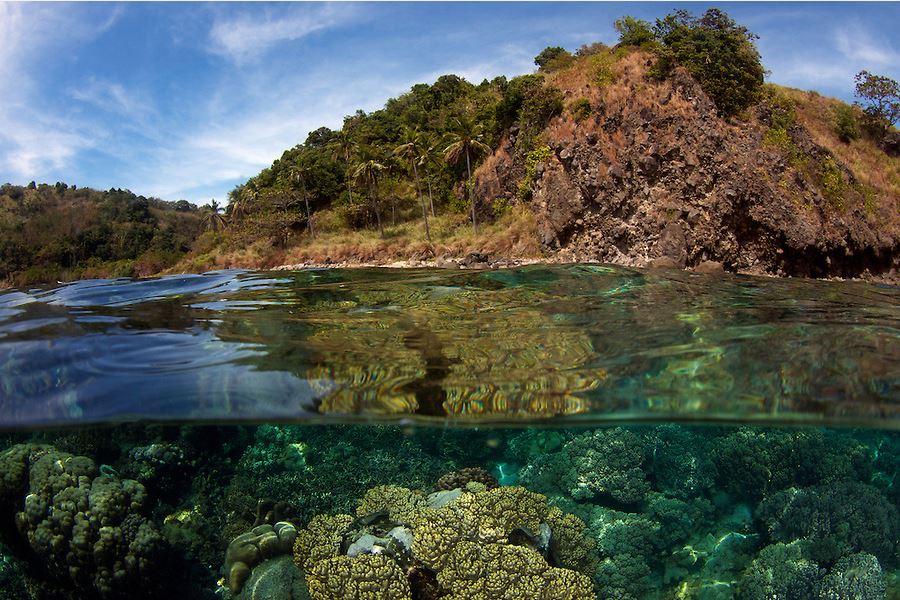Taking a closer look at the wonders under the sea

Looking for the best way to spice up your tropical holiday? Then, go on a scuba diving adventure in Negros Oriental. The province’s most sought-after place for diving, the Apo Island Marine Sanctuary, commonly known as “Apo Reef,” offers great ways to experience the underwater environment. Experience a feeling of freedom as you make a connection with underwater nature in this hidden paradise.
Why is it Called Clownfish City?

Apo reef is the second largest coral reef after Australia’s Great Barrier reef. It is a home to different species of clownfish, thus, it is popularly called as the “Clownfish City.” But, you can’t only find clownfish in the area. You can actually discover more. Explore the majestic beauty beneath the sea and come across with a school of angelfish, scorpionfish, frogfish, sweetlips, fusiliers, snappers and moray eels. Notice them being surrounded by a breathtaking coral garden.

What is Coral Reef Wall?

In the cooler months of December to January, a vertical wall can always be seen in the The North side of the Apo Island, near the lighthouse. Descending to 60 plus meters, this wall gives you a rare chance to encounter some hammers heads and gray reef sharks. On top of the reef, you can find some oriental sweet lips allowing you to get up close with them and take a picture postcard view of their big fat lips.
Feast your eyes upon schools of bigeye travelly, red snapper, chevron barracuda, and many white tips. Also see an adult Napoloean wrasse as it makes an appearance underwater. An enchanting display of hard and soft corals, the coral reef wall is truly a sight to behold. Get closer to this spectacle and catch a glimpse of a turtle, long nose hawkfish, flounder, sea moth, and more.

Where can you find the place where the most fish action is?
Head to the south side of Apo Island and discover the place where the most fish action is. Witness white tips as they patrol the wall with massive schools of red tooth trigger fish, pyramid butterfly fish, and fusiliers. Keep an eye on the plankton and the other on the sharks. Theres always something happening to keep your attention. Get up close with bubble eyed fish that swells up when excited. Down there, you will have the opportunity to interact with colorful sea creatures while marveling at the spectacular coral formations in the background.
How to get there?
You can find the Apo Reef in the Apo Island itself. It may be visited via a day trip from Dumaguete or a flight from Manila. Once you’re in Dumaguete, get in a multicab (P8 fare) and drop by the Ceres terminal. Then, take a Ceres bus (P50 per person) that heads for Bayawan City and passes through Zamboanguita. Tell the conductor that you will stop over Malatapay, where the country market is held every Wednesday and a tourist attraction by itself.
When you arrived at the place, walk the length of the market road until you reach the shore. There will be boatmen who are ready to take to Apo Island. The banca (motorized outrigger) ride costs about P1,500 for a group of six persons. The boatmen will be waiting for you to head back from the island to Zamboanguita until about 3:00-4:00 p.m..
What else to remember?

While enjoying the underwater vistas in Apo Reef, make sure that you are equipped with the right scuba diving gear. Keep your camera safe from the water. Bring with you a waterproof camera, a camera case and harness strap. Aquatic life in Apo Reef vary from the small to the large and the colorful to the camouflaged — all of which can present photographic opportunities of extraordinary fun and are guaranteed to offer you a great diving experience.